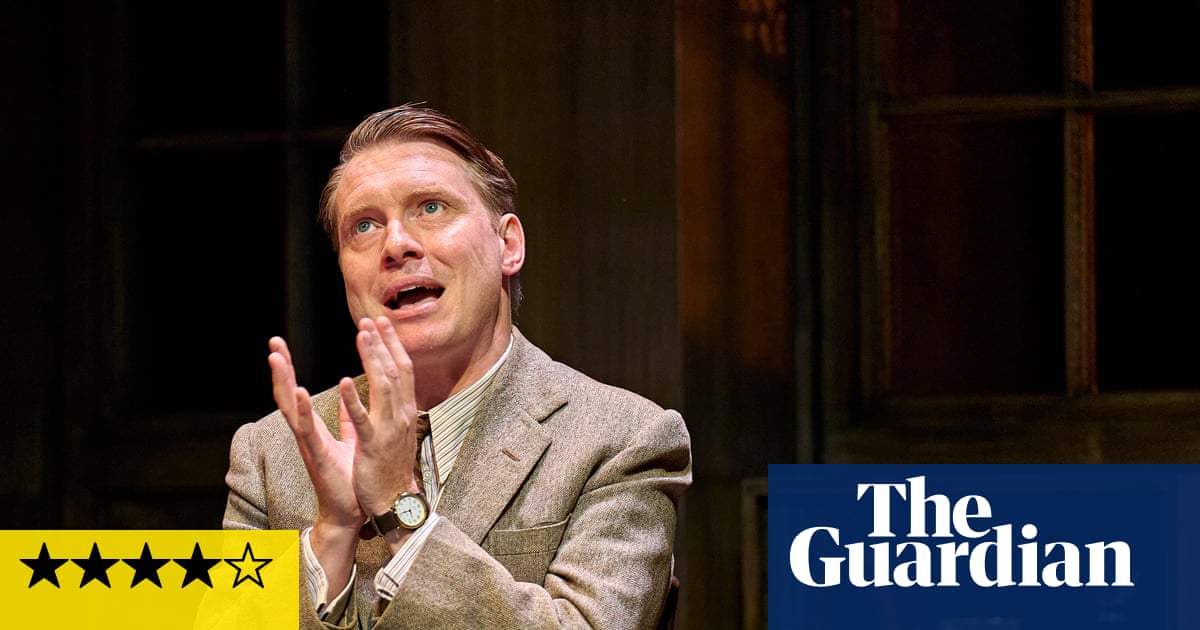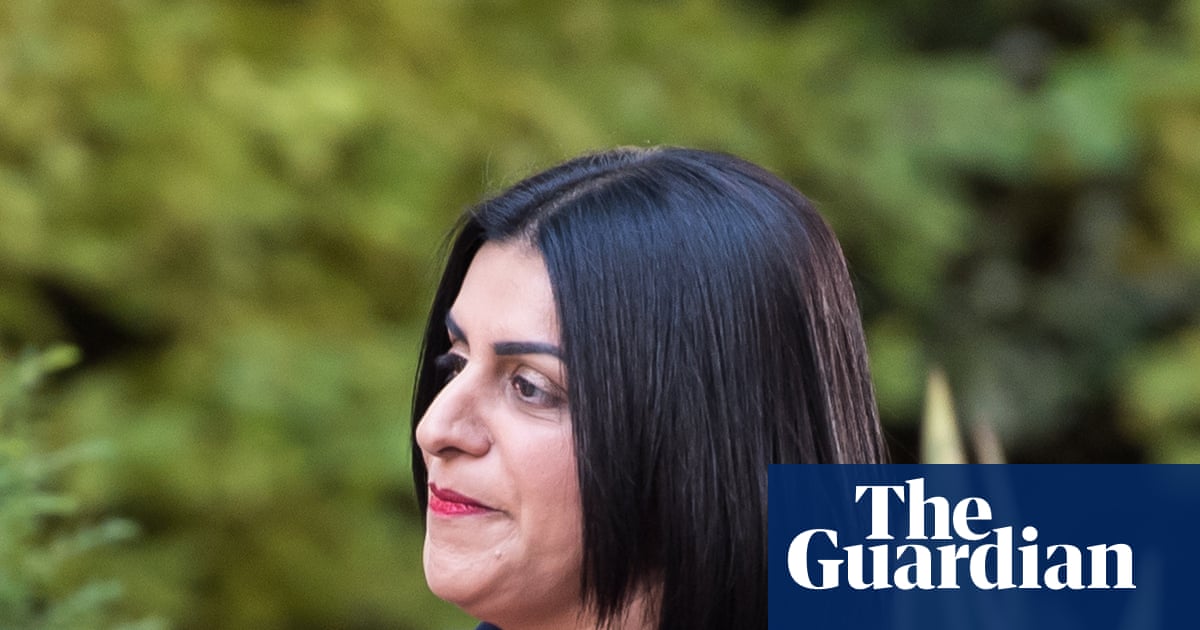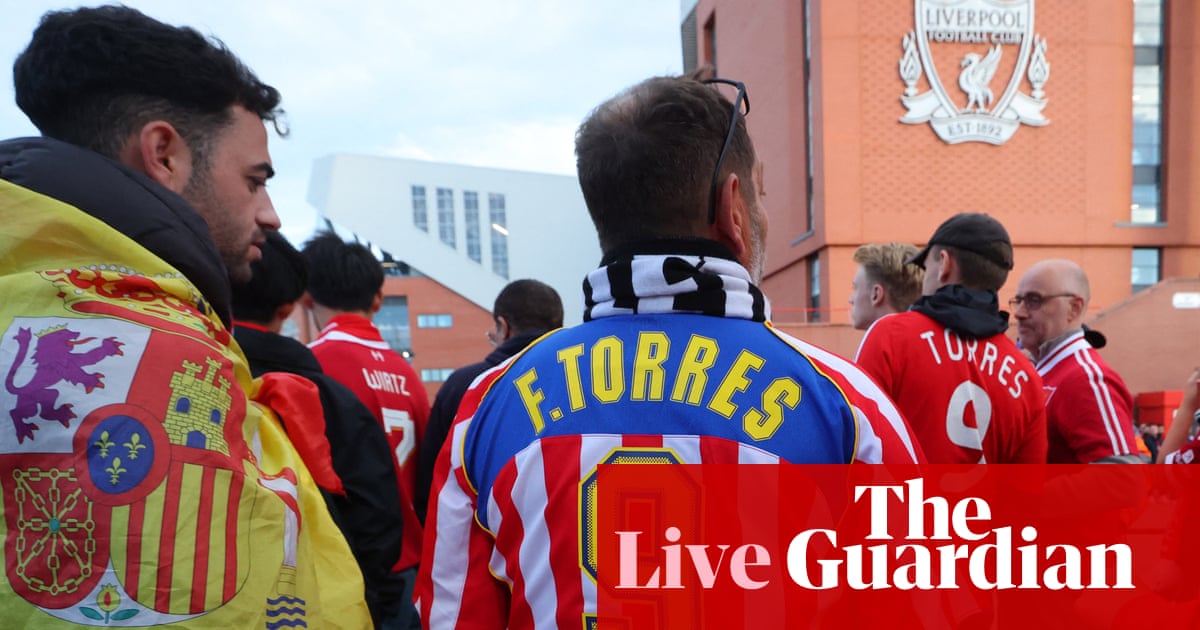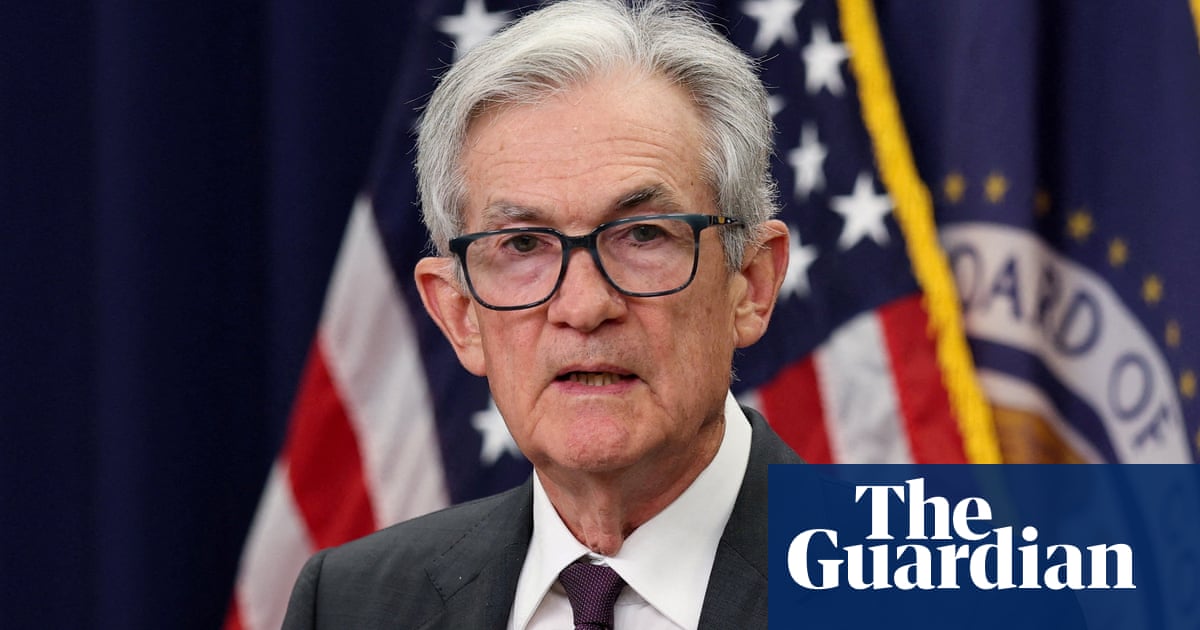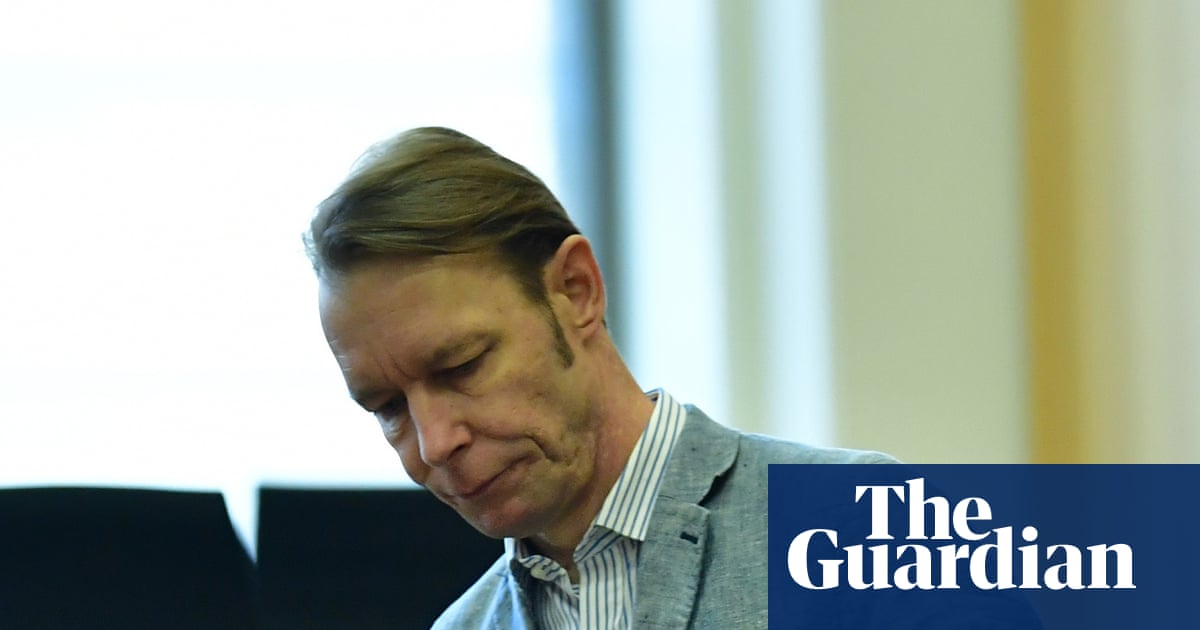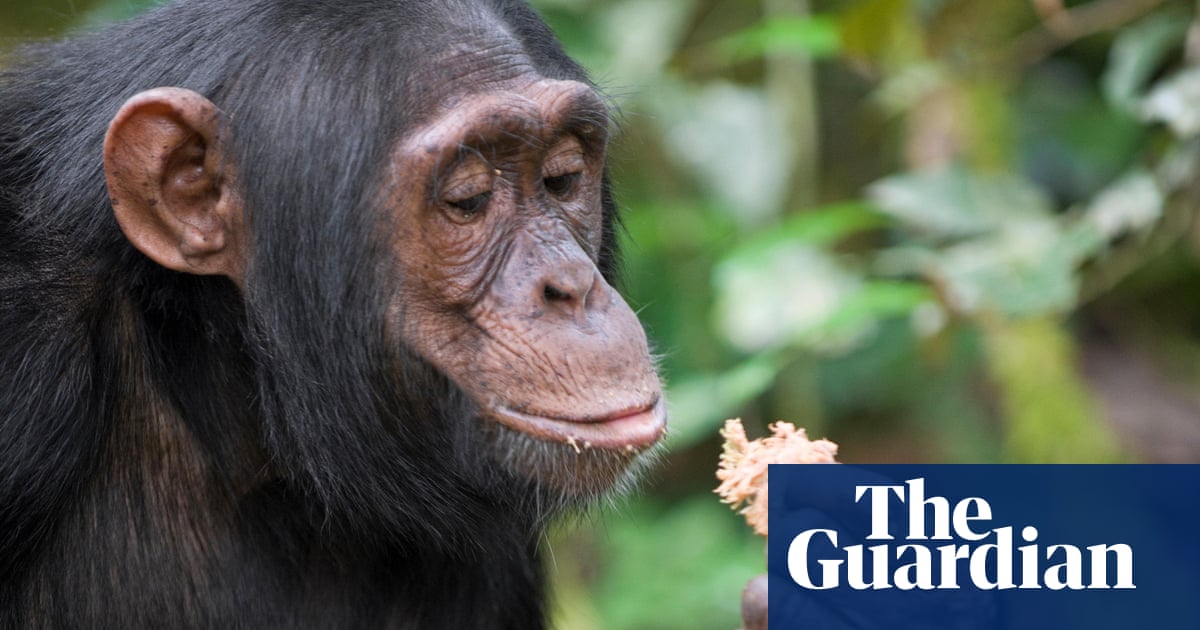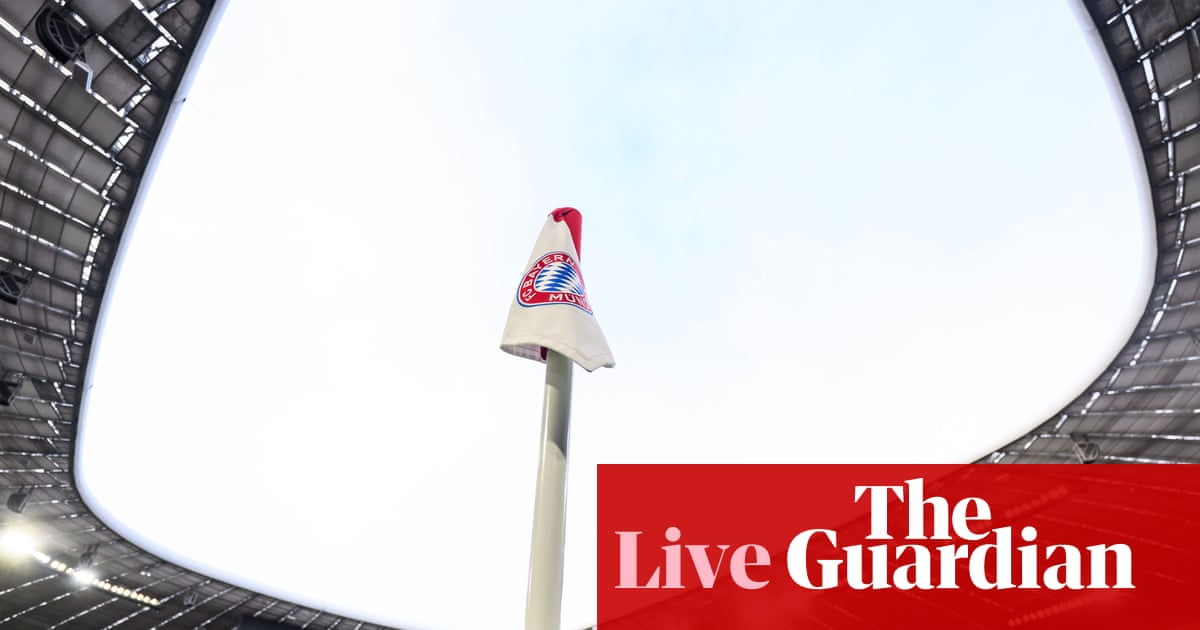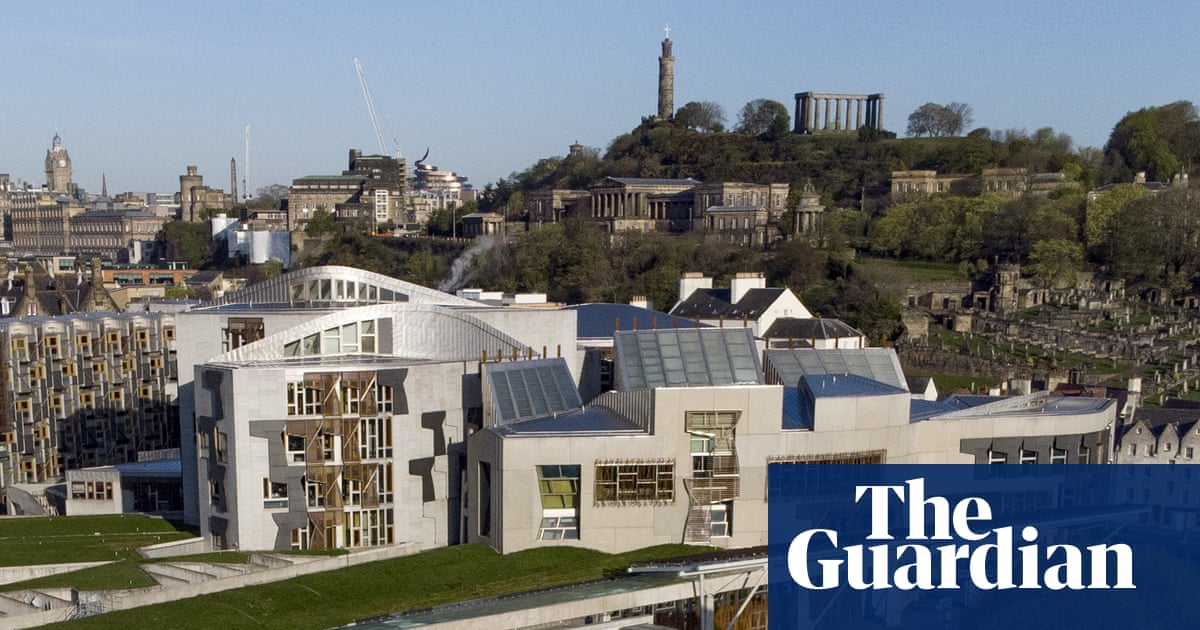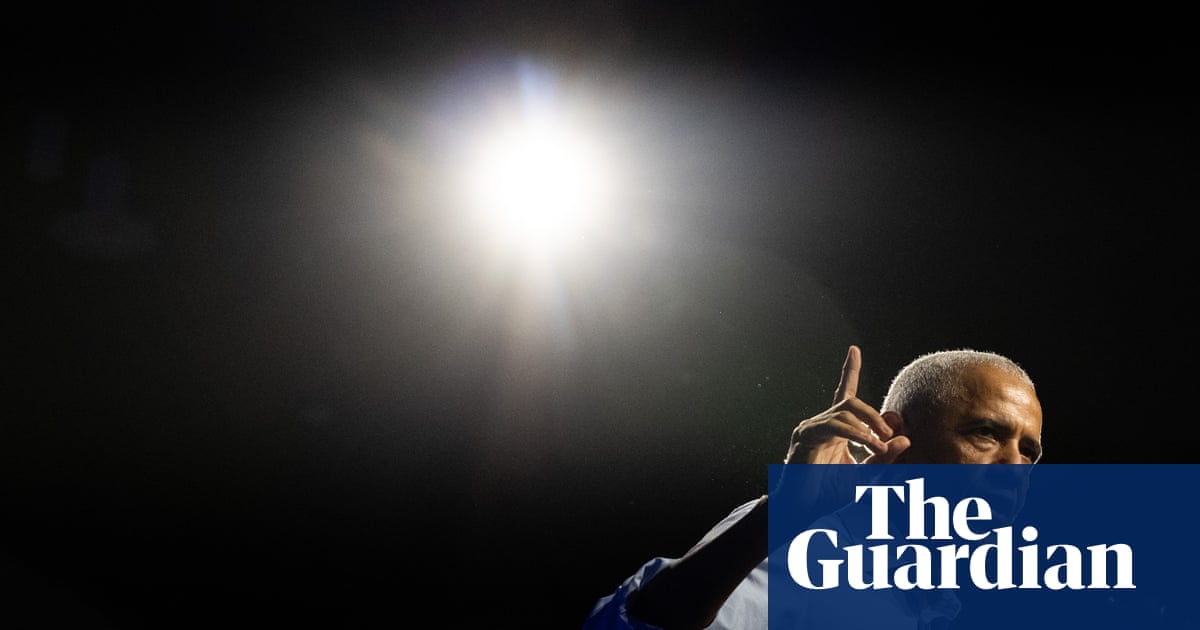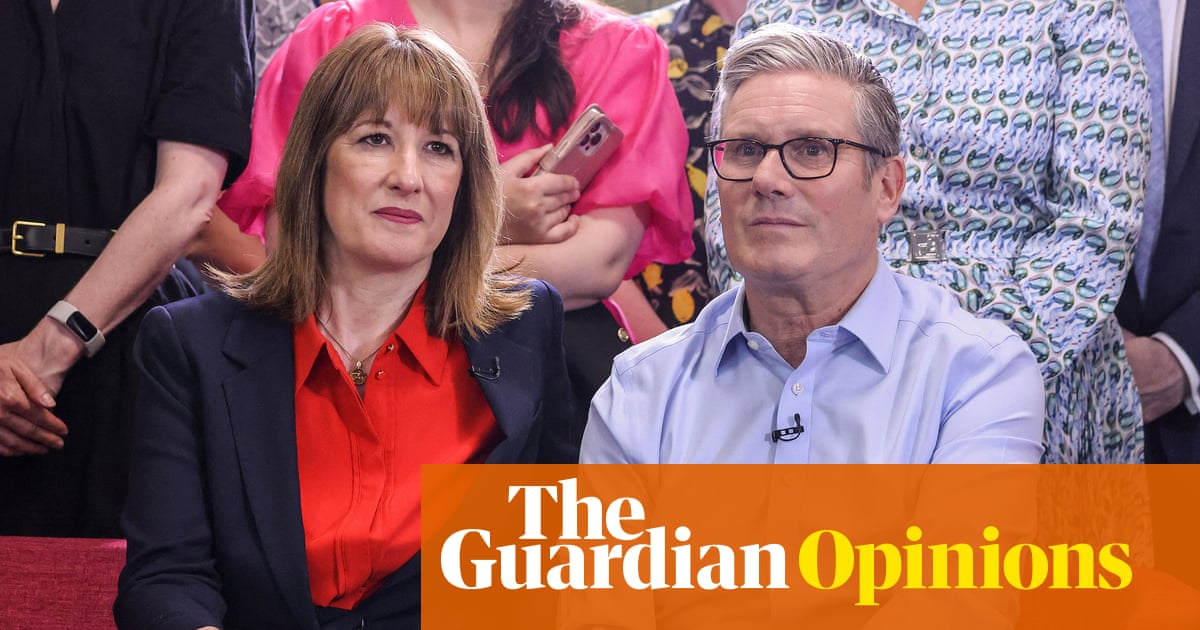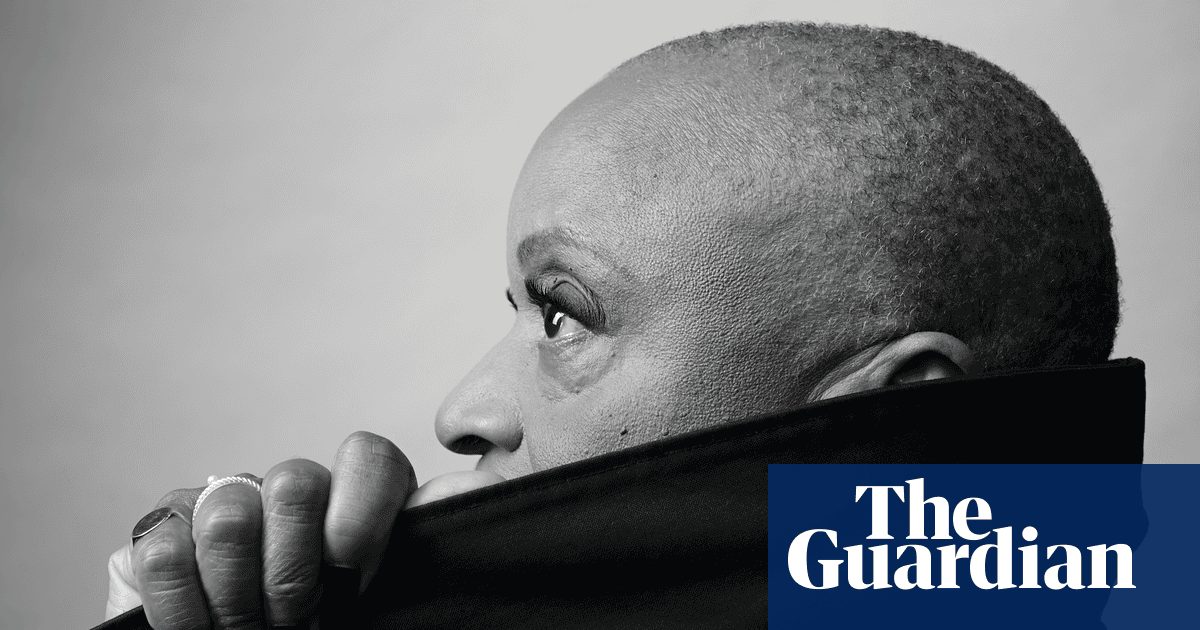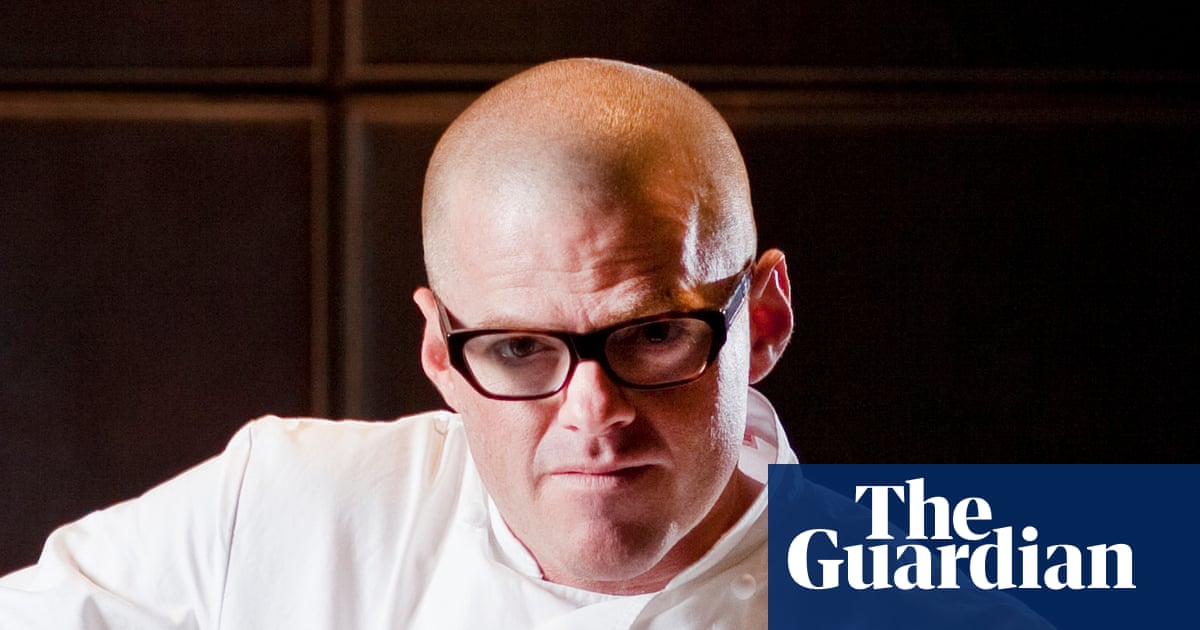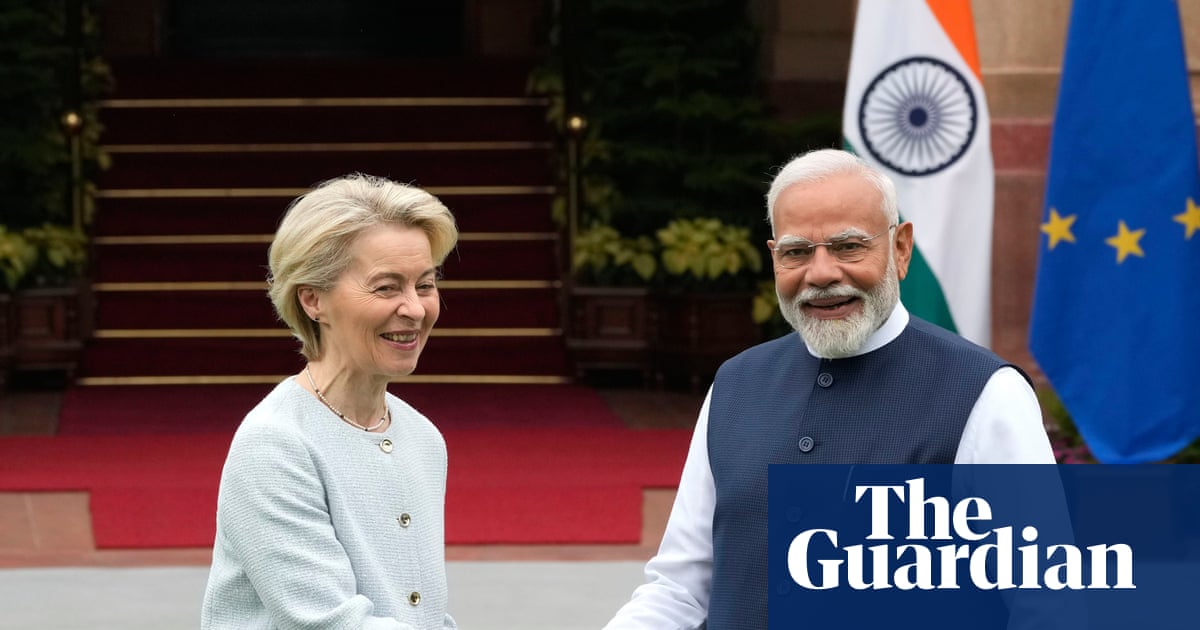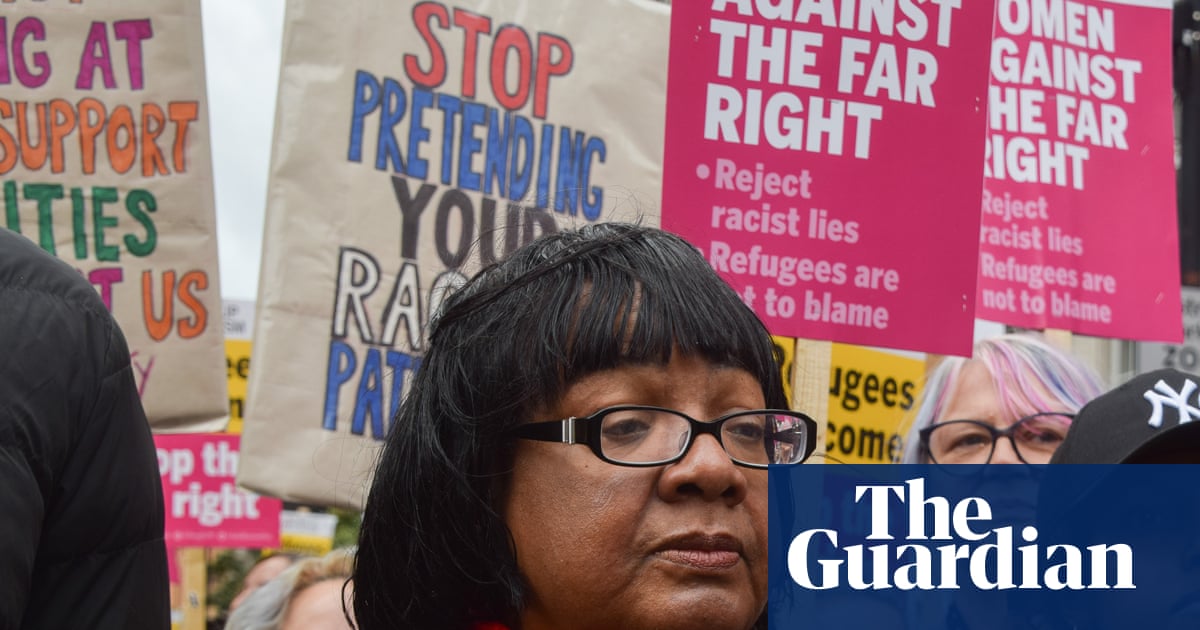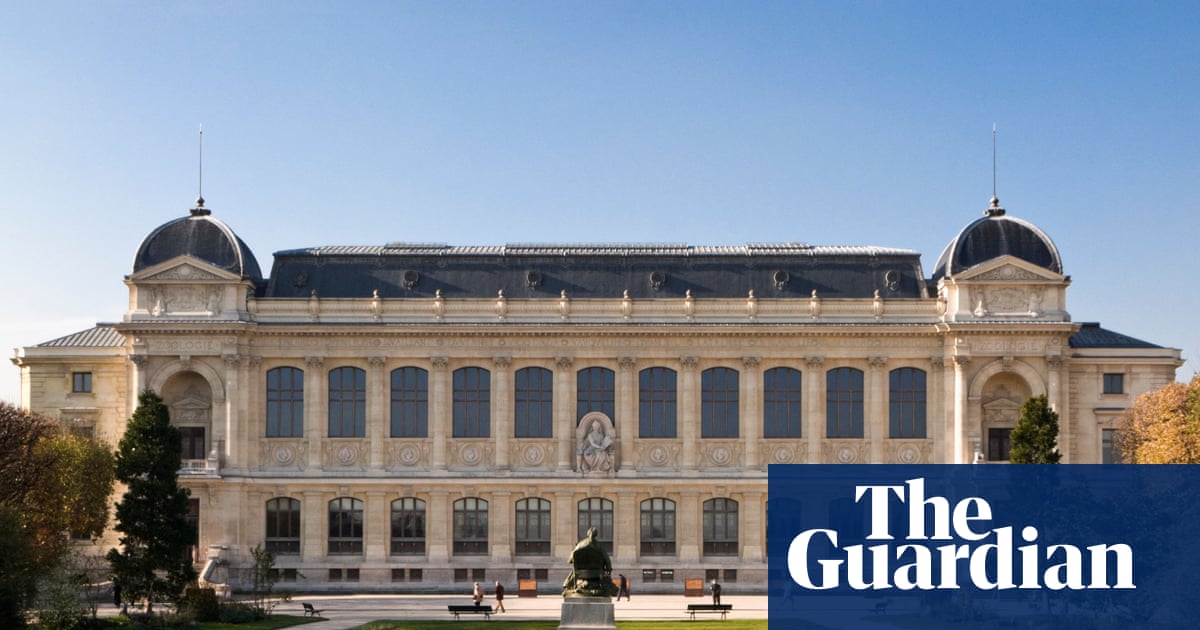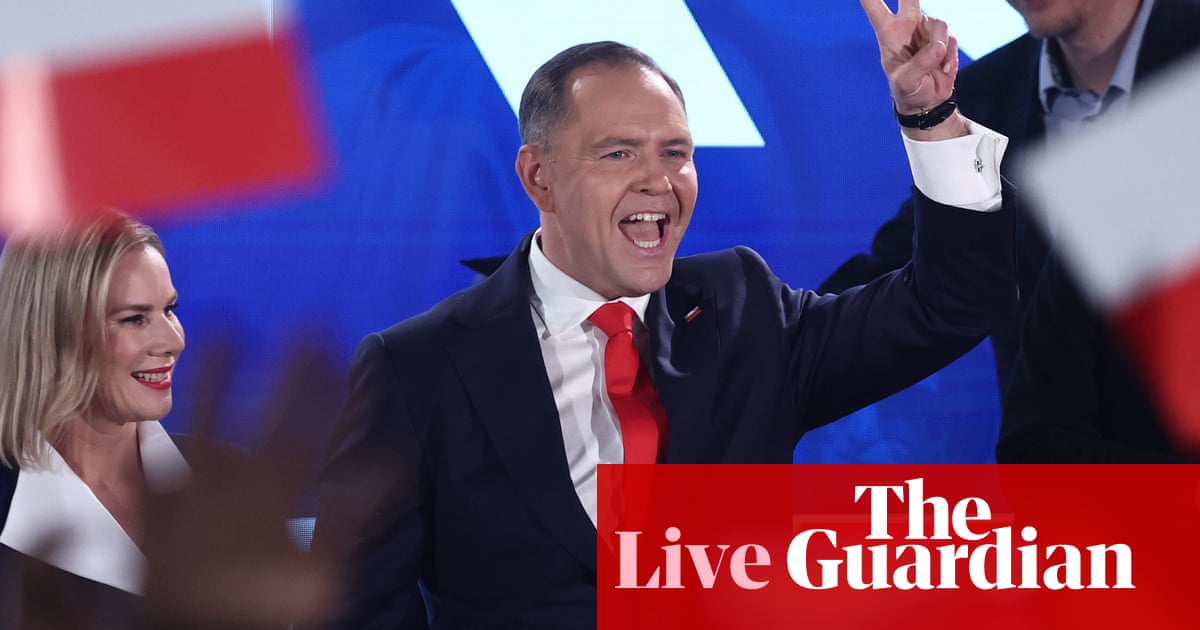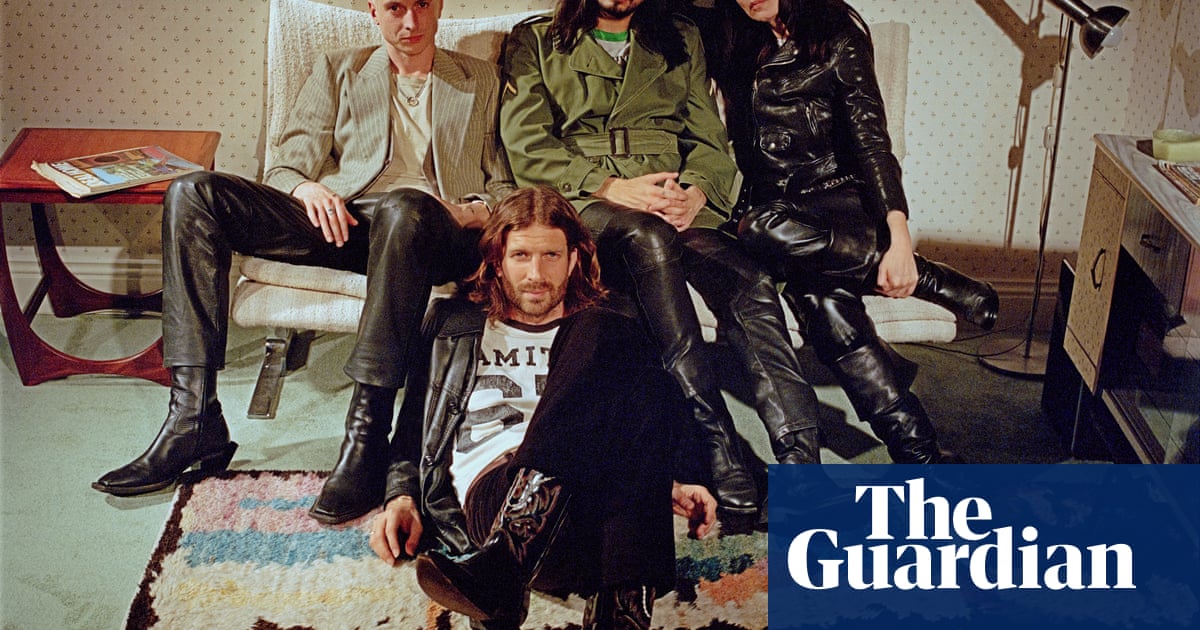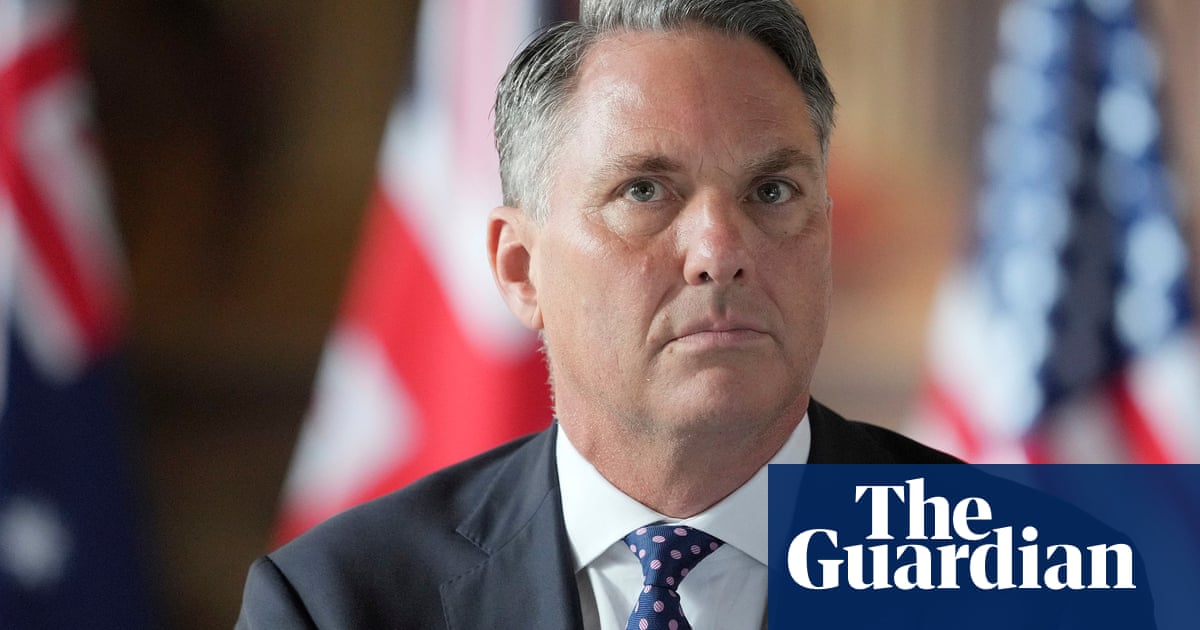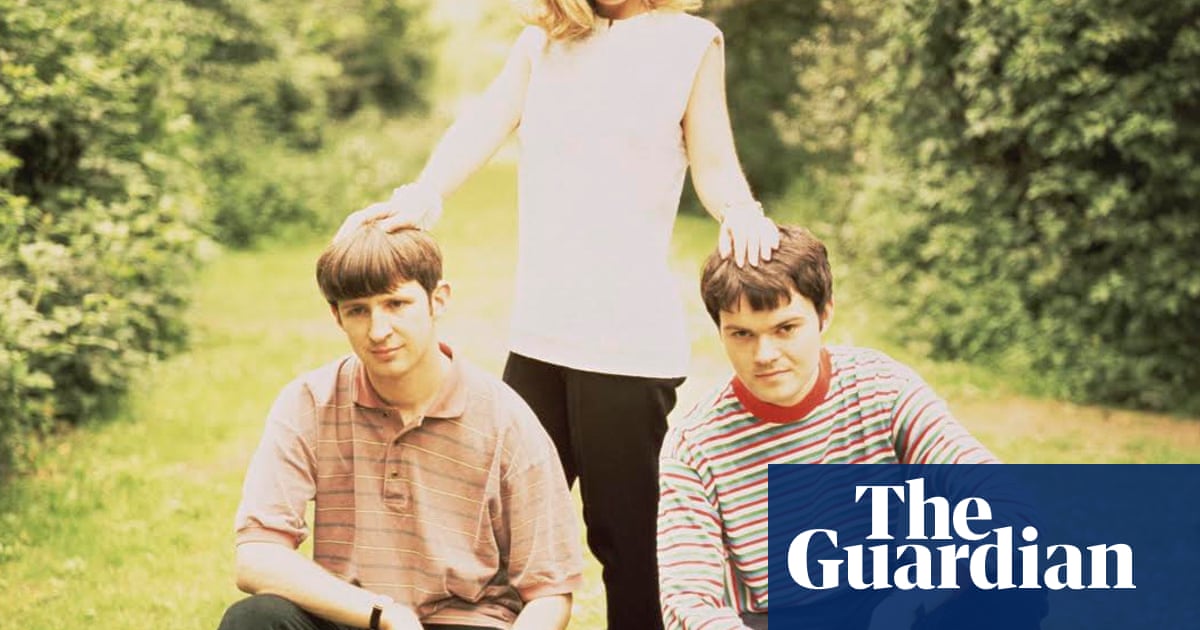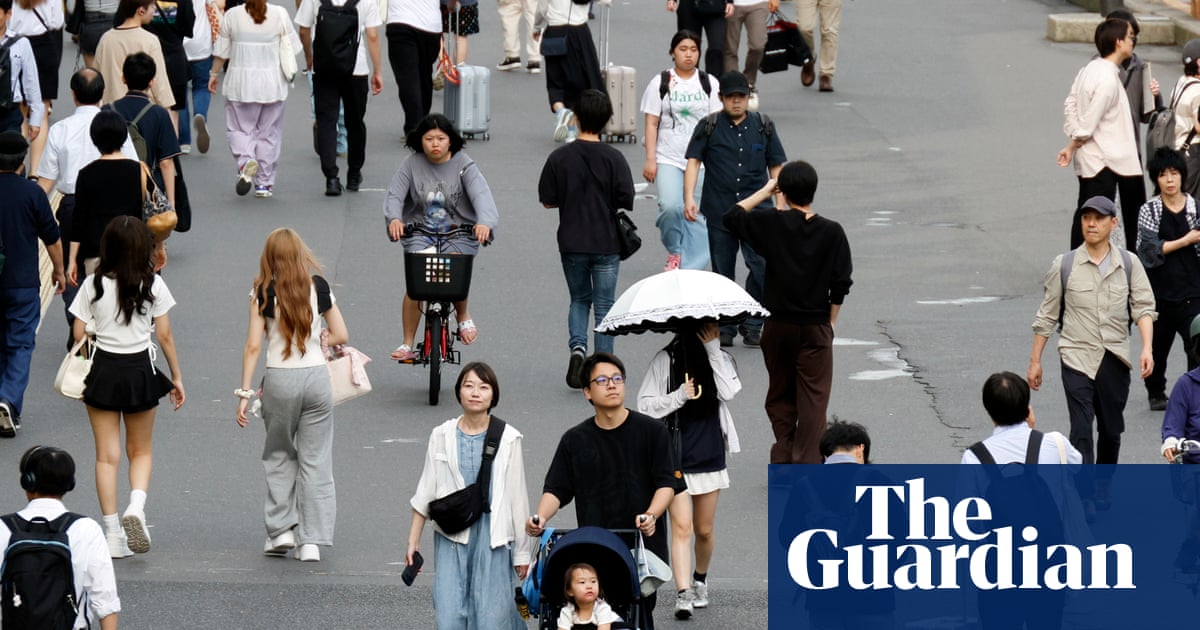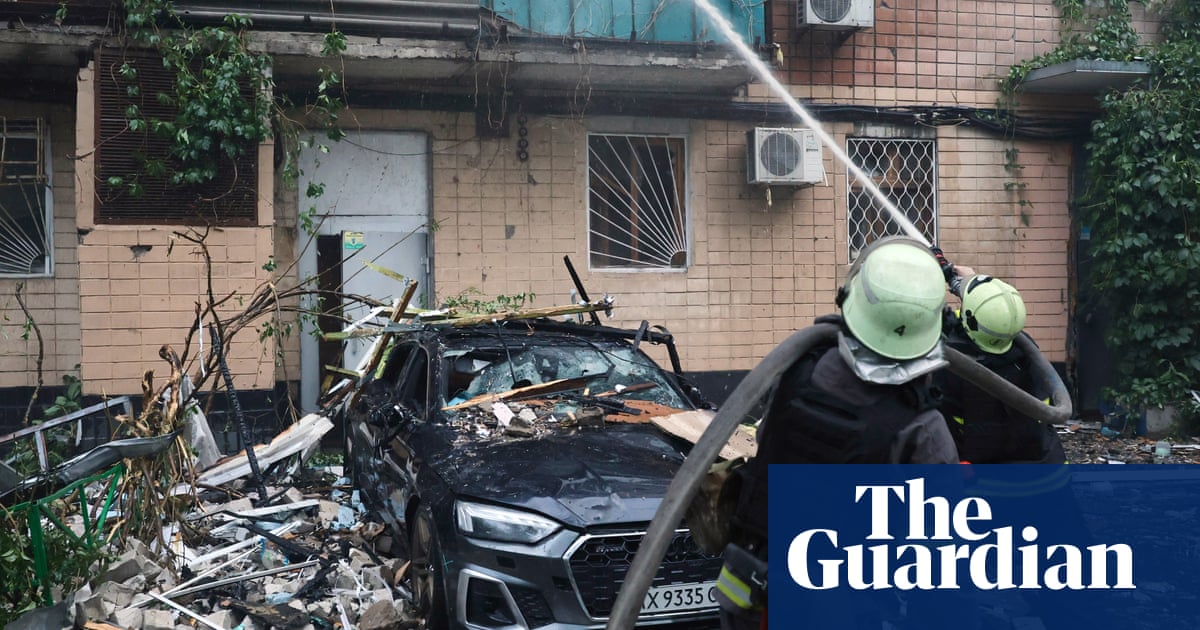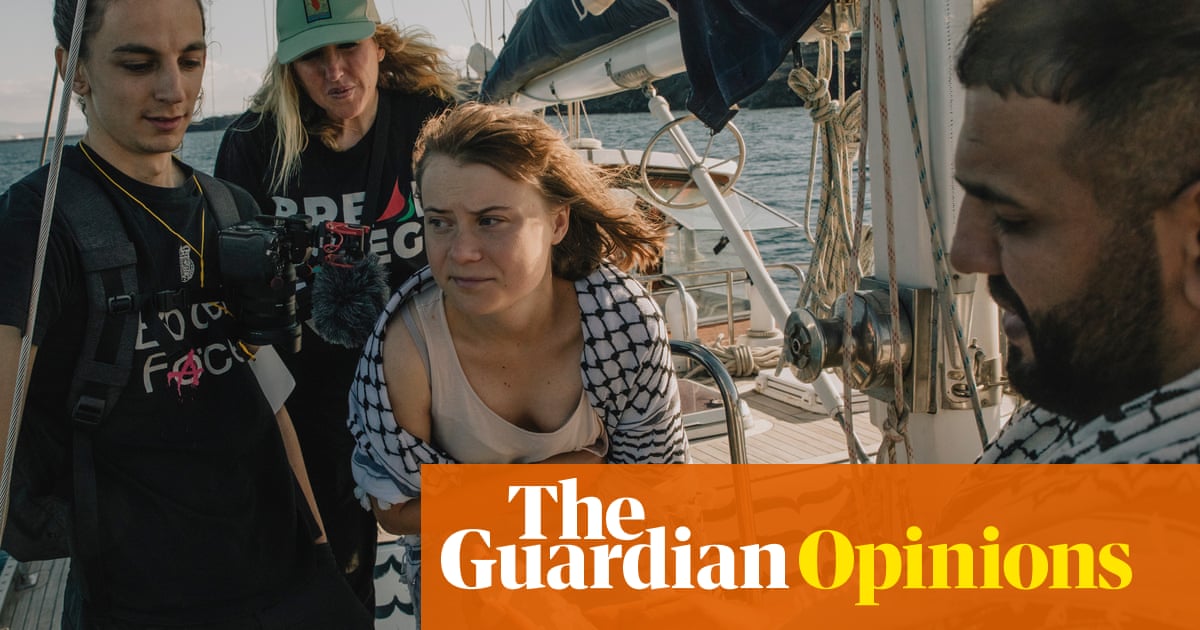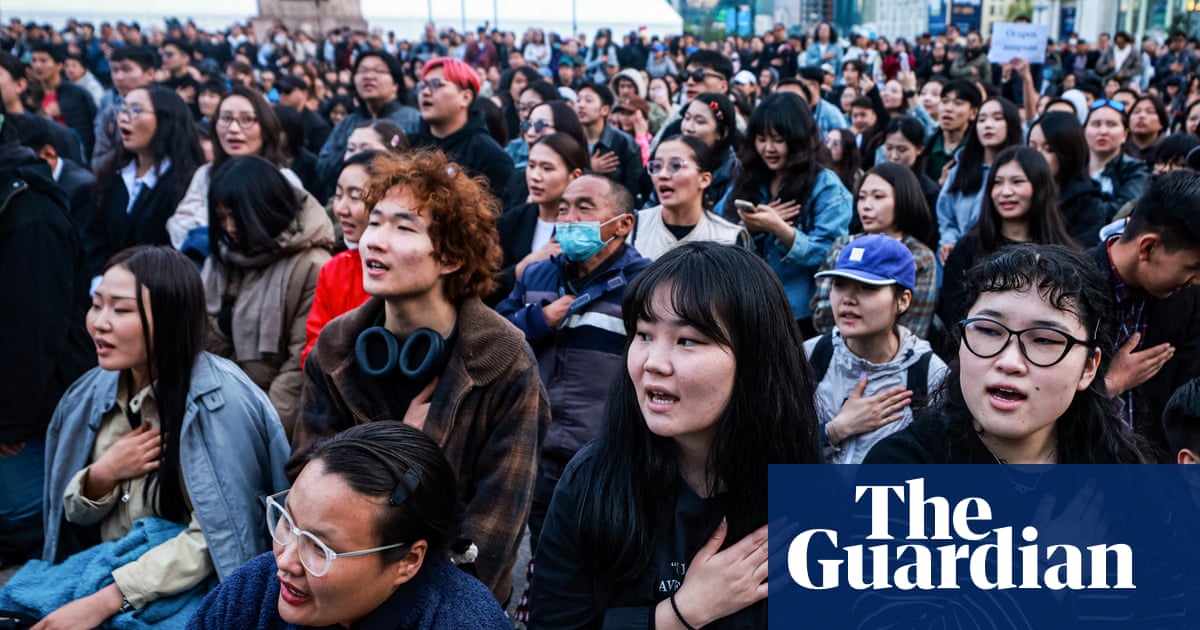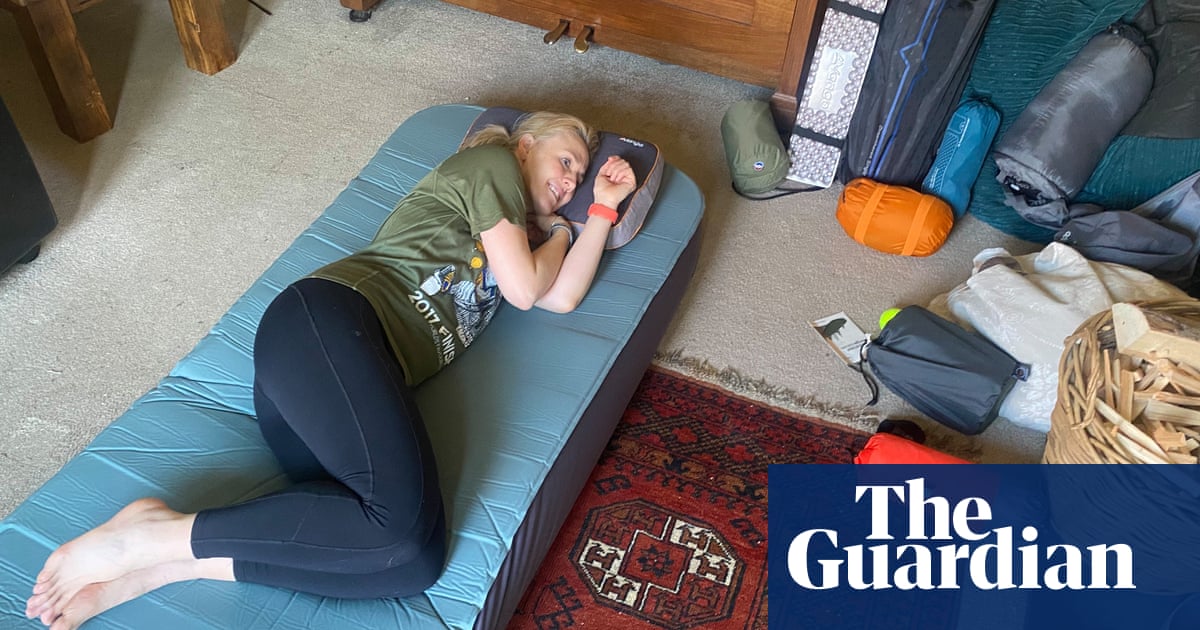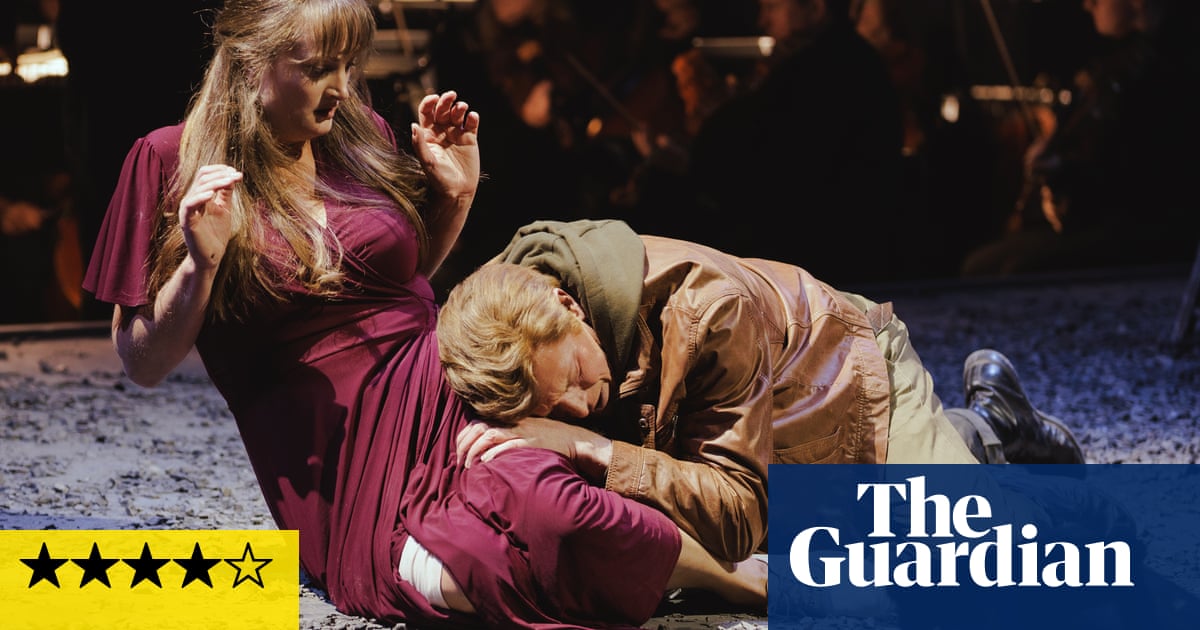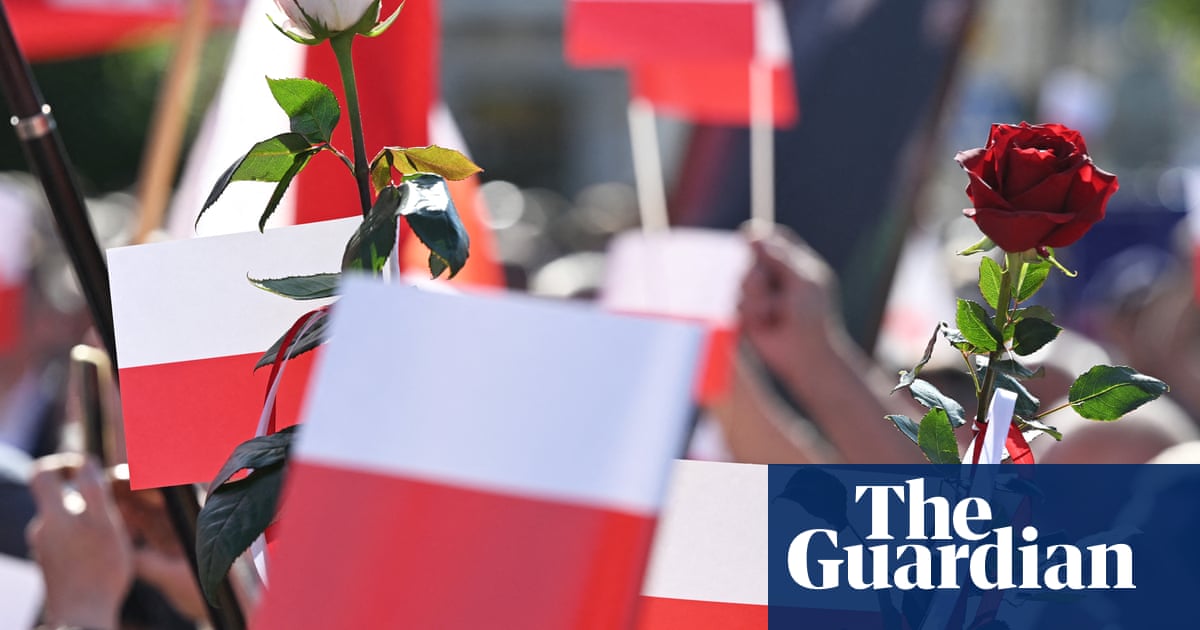Most of the six to 10-year-old girls gathered in the Hart Space dance studio in Southport, Merseyside, on 29 July last year for a Taylor Swift-themed workshop were making friendship bracelets (“It’s a very Swiftie thing to do,” says the older sister of one, who was watching them), when 17-year-old Axel Rudakubana burst in with a knife. His attack left two children dead at the scene and another died the next day from her injuries. Six other children, including the sister who was watching, and two adults were injured and taken to hospital.
One Day in Southport focuses largely on what happened afterwards interspersed with the memories of the injured older girl and her family, because what happened next was the result of so many social, cultural and political issues that you could spend a lifetime unpacking them. This documentary does the best it can in an hour. It interviews people from different sides of the various debates, and shows social media posts and footage from the riots that sprang up around the country and caught the police and the establishment unawares. The prime minister was left floundering and unable to address the mixture of feelings and motivations behind them quickly or directly enough.
The attacker – his name then kept from the public – was quickly arrested. The police held a press conference and described him as a 17-year-old from Lancashire and originally from Cardiff. The latter detail was included to attempt to tamp down the speculation already rife online and in the local area (arising because the one thing witnesses to the attack did know about the stranger was that he was Black) that he was an immigrant, which quickly became an illegal immigrant, which quickly became a Muslim illegal immigrant and ignited all sorts of rage. The usual suspects from the manosphere and others with their own agendas to push then stoked the fires, including Nigel Farage (“It shows how unhappy people are with the state of law and order in this country … Your children don’t matter to them, they don’t care”) and Tommy Robinson, the leader of the far-right anti-Islam English Defence League.
The hour tracks the evolution of local grief and anger directed at a specific event into widespread violence and unrest. One of the many YouTubers and other people outside the mainstream media who recorded events is Wesley Winter. He began feeling at one with the righteous fury felt by others. By the time he was filming a few days later in Middlesbrough, he realised that the people walking along a residential street in a Muslim area of the town and smashing windows “was a very different crowd” and he became frightened that they might turn on him next. A call from his wife trapped in her car as people smashed the windows of vehicles around her led them to leave the area as quickly as possible. His naivete is astonishing, but more admirable than the craven avoidance of those supposedly charged with leading the nation in times of strife to address the difficult, sensitive issues with which the tinderbox had been – and remains – stuffed.
Because what have we here? We have a section of the population, that’s suffering greatly under the cost of living crisis. This fact has receded from the headlines, but not from life – the housing crisis, the proliferating brutal effects of austerity that the current government seems to be doing nothing to alleviate, and much more. We have people who see the advent of more people to these isles as competition for increasingly scarce resources. Even the co-convener of Stand Up to Racism, Weyman Bennett, makes the point that “people are protesting against something that is really happening to them … they are rightfully angry” before explaining how this is leveraged and exploited by far-rightwingers (and whatever Reform are pretending to be) so that “they’re blaming the wrong people”.
The absence of anyone in authority addressing this, instead of lauding the arrests and sentencing of rioters, was and remains conspicuous. Why not publicly delineate the difference between legitimate concerns and far-right agitation – bring the worried into your fold and denounce those burning mosques and terrifying the asylum seekers in besieged hotels? Because there is a difference and it matters hugely.
The documentary gives no facts or figures about immigration, costs or anything else apart from the number of arrests and the 1,000 years-plus total to which rioters were sentenced. It is essentially a mood piece, tracking the development of the hijacking of grief to violent ends and leaving us to draw our own conclusions about where, why and if we would have stepped back to say: “This has gone too far.”

.png) 1 month ago
19
1 month ago
19
